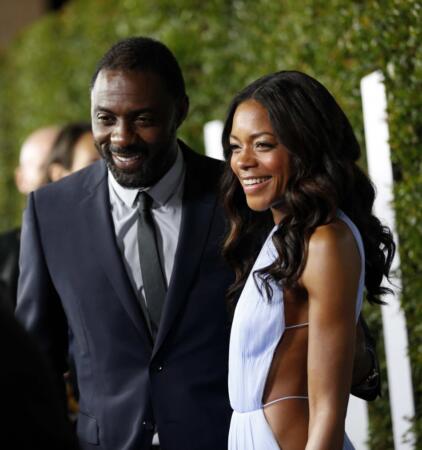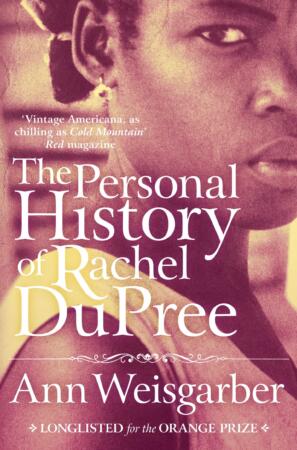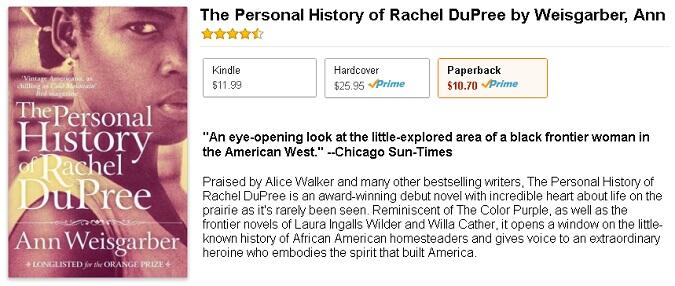
UPDATE: Idris Elba is no longer attached to this project (his involvement, alongside Naomie Harris, was announced last week at Cannes). According to his reps (per The Hollywood Reporter), the actor is too busy (with some higher profile projects) to take this one on.
Said Michael Ryan of GFM Films who are repping the project at Cannes, “He wanted to do it, he loved it… But he’s recently gotten some very high profile stuff with some very high profile money, and so it was hard to find time to do it.”
Dirk Schweizer, a buyer for Splendid Film (an European distributor) added: “It’s becoming harder and harder to get big names to stick to indie projects, because they can get so much more money going with studio projects… It makes it a lot easier for [the studios] to lock up the top stars.”
Certainly a nice problem to have. The question of whether Hollywood would eventually fully embrace Elba as a leading man is one that we’ve asked on this blog a number of times over the last couple of years. It looks like maybe they finally are.
Of course with the role now vacated, a search is on for an actor to play the part opposite Naomie Harris.
Read last week’s initial announcement along with my thoughts on the book, below.

Announced at the ongoing Cannes Film Market (Marche du Film), Idris Elba and Naomie Harris have signed up to star in the film adaptation of “The Personal History of Rachel Dupree,” which is based on the 2011 novel by Ann Weisgarber, a period piece set in the American midwest – a book I read when it was first announced that Viola Davis had optioned film rights to it.
At the time, it appeared that she was planning to star in the film as well, but it looks like she’s executive producing (with partner Julius Tennon via their JuVee Productions shingle), and not starring, with Naomie Harris playing the title role.
Australian filmmaker Claire McCarthy is attached to direct the film, which is being shopped to buyers at Cannes by London-based sales company GFM. Su Armstrong and Brian Rosen are producing via their SixtyFourSixty banner.
BOOK TO FILM
If I could describe “The Personal History of Rachel DuPree” with one word, it would be bleak; this isn’t a book you’d pick up when you need something light and frivolous to read; no pleasure-filled escapism here.
It’s a sad, heavy, tragic tale about a family, and you immediately get a sense of that from page one. Don’t get me wrong, it’s a well-written, well-researched, detailed, sometimes engrossing (especially early on) piece of award-winning literature that puts the reader right in the place (the badlands of South Dakota) and time (early 1900s); but I wonder if it’s one that might instead be best appreciated in book form only.

When Rachel, hired help in a Chicago boardinghouse, falls in love with Isaac, the boardinghouse owner’s son, he makes her a bargain: he’ll marry her, but only if she gives up her 160 acres from the Homestead Act so he can double his share. She agrees, and together they stake their claim in the forebodingly beautiful South Dakota Badlands. Fourteen years later, in the summer of 1917, the cattle are bellowing with thirst. It hasn’t rained in months, and supplies have dwindled. Pregnant, and struggling to feed her family, Rachel is isolated by more than just geography. She is determined to give her surviving children the life they deserve, but she knows that her husband, a fiercely proud former Buffalo Soldier, will never leave his ranch: black families are rare in the West, and land means a measure of equality with the white man. Somehow Rachel must find the strength to do what is right-for herself, and for her children.
“The Personal History of Rachel DuPree” opens a window on the little-known history of African American homesteaders and gives voice to an unexpected heroine.
The central/title character, Rachel Dupree, struggles, and struggles… and struggles some more. It’s near relentless harsh realism, and despair. Hers is a life of, at first, desperation, and then tolerance and perseverance, which I suppose all speak to the strength that lies within her.
So, yes, she’d likely be described as the proverbial “strong black woman,” but she’s still very much a woman of her time; as in, theirs is an unabashedly traditional household: The man (her husband Isaac, who may or may not have fathered a child by a Native American woman, and who I assume Idris Elba has signed up to play) rules their domain. He’s tough, demanding, unforgiving, stubborn, ambitious – maybe too ambitious, so much that his personal goals (acquiring property, which was, and still is a symbol of wealth and independence) trumps his obligations to his family.
Rachel’s strength is more internal than the stereotypical external displays of “toughness” that we tend to immediately associate with black women today, thanks in part to a bevvy of reality TV shows that reinforce those stereotypes.
As I read the novel, I kept thinking of the 1970s TV show “Little House on the Prairie”; but far more severe. Like that show, Rachel Dupree explores several themes – family values, love, friendship, faith, independence, self-reliance, loneliness and of course racism, to name a few. But racism isn’t at the center of the narrative as maybe you’d expect for a story set in the period that this one is, given that, often, period films featuring black people in major roles are constructed around matters of race. Rachel Dupree is a story about a family first and foremost; specifically, they’re African American homesteaders eking out an existence on the badlands of South Dakota, in the middle of a drought.
Much of the story is told in flashback, as the title character, Rachel Dupree, a wife and mother, recalls how she and Isaac came to be homesteaders in this harsh environment – from her time as a cook in a Chicago boarding house, to her desire to break free of that environment, which she does by making a deal with the dashing young son (Isaac) of her employer; a business proposition that would see Rachel’s land (which a young Isaac informs her she can apply for, via the new Homestead Act) exchanged for marriage to Isaac (Rachel sees that as her only way out) for 1 year.
One year becomes 14 years, and seven children (she loses 2 of them, and is currently pregnant with another). And that’s where the story begins, as present (1917) is intercut with past (significant moments over the previous 14 years).
The dramatic tension here doesn’t stem from racism, but from within the family, weighed down by the elements and each other, with Rachel at the heart of it all, conflicted, as she looks back on her life, remembering the dreams she once had as a young woman, and negotiating the harsh realities of being a wife to Isaac, and a mother to several children, in an unforgiving territory.
She’s on the edge, desperation starting to overwhelm her, with finding a way out (once again, as she did when she made a deal with Isaac years before) for herself and her children, a primary motivation; but realizing the difficulties that acting on that desire would present.
We could say that having the will to even consider leaving, with or without her husband Isaac, is one thing that makes this a less than traditional story of women in similar predicaments, place and time, for whom the question of leaving isn’t one that’s even considered, choosing to instead accept that the lives they live are what fate has dealt them, rolling up their sleeves, and continue slaving away.
It’s gritty storytelling about hardship, with very few moments of levity, and I think that may push away some audiences, because it could really start to wear you down emotionally. Towards the latter half of the narrative, it starts to feel somewhat repetitious, with one struggle after another, and Rachel’s inner thoughts informing us of just how much she wants to do something about her predicament, and the hurdles that are in her way. At times, I had to put the book down for days apart, to give myself time to *recover,* just so I could get through it. Again, not because it’s a badly-written book; on the contrary. It’s because of how well the author sucks you into the lives that comprise this ailing family, and the situations they find themselves in, that dig into you.
Ad
By the way, I should add that the main characters – the parents and the existing children – are all very well drawn; complex, fully realized human beings, although Rachel is clearly the star here. As the title of the novel suggests, it’s her story, so we really see everything through her eyes.
I hope you get the picture; I’m trying to keep from giving specific plot-points away, and instead paint a portrait of the narrative with broad strokes.
It’s not yet public how she plans to have the novel adapted – whether it’ll be a direct translation from book to screenplay, or if she’ll take some creative liberties in order to create a more, shall we say, *entertaining,* *commercial* story. As is, it’ll be a tough sell – for both financiers and audiences . But we’ll see.
As written, it’s definitely what I’d call Oscar-caliber material, and with the talent now attached, that could very well be an attractive to potential buyers.
In the meantime, you can pick up a copy of the book yourself (click on the ad above) and read it before it becomes a film. It’s only about 340 pages long. You could even read it in one sitting if you had the time.


